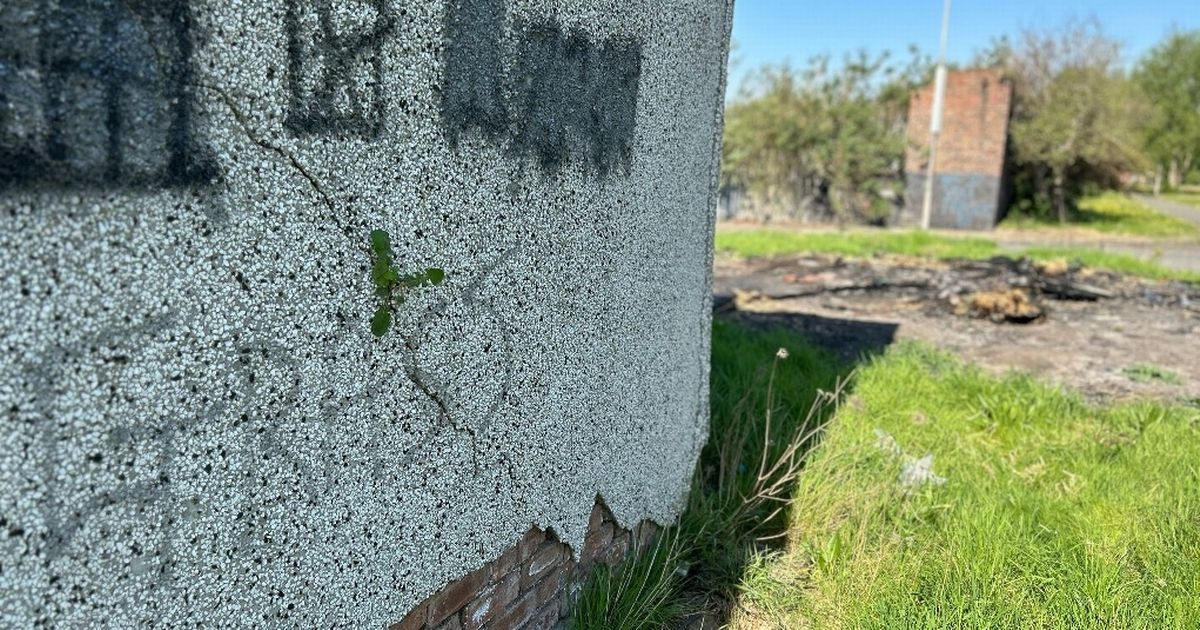Special report: As anti-social behaviour reaches epidemic levels in one Liverpool area, locals have had enough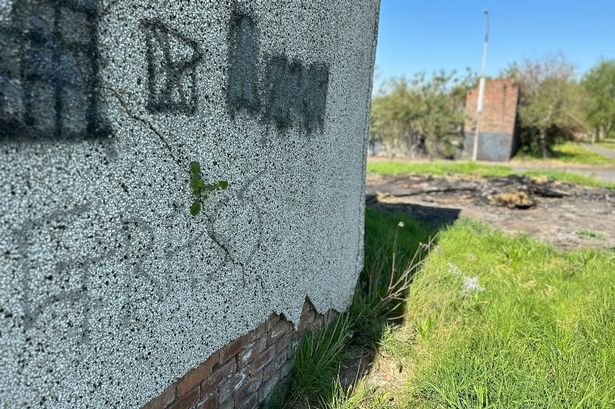 Garston has some of the highest rates of anti-social behaviour in the whole region
Garston has some of the highest rates of anti-social behaviour in the whole region
In a quiet room of a children’s centre on Banks Road in Garston, three women are talking about the decline of the area they call home. They have lived in Garston for more than a century in combined years – specifically the area known commonly as Garston-under-the-Bridge.
For the uninitiated, this is the area between the railway bridge in Church Road and the River Mersey. Whereas other parts of Garston, including the busy and bustling St Mary’s Road, appear to be flourishing the community under the bridge feels perennially forgotten about, and over the last couple of years under siege.
That’s because those living here feel they are now being overrun with anti-social behaviour, crime and vandalism from gangs of youths that are dominating the local streets. “It never used to be like this. Kids used to be able to play in the street and you wouldn’t worry about them, you could leave your door open. I would never let me children play out in the street now.”
Those are the words of one of the women who spoke to the ECHO. All three asked for us to hide their identities as they fear reprisals from gang members in the area and say they have been told of threats made towards anyone speaking out.
“In my old house that I recently moved from, there were drug dealers living next door,” says one woman, who we are calling Michelle. “The police were there every single night, I was terrified living there and so was my son.”
What is particularly terrifying for these residents is just how young some of those involved in the criminality are.
Another local, who we are calling Sarah, explains: “There are lots of gangs hanging around in the streets. The older ones who are late teens or 20s appear to be grooming the really young ones who are eight or nine.
“You see them walking around and you are thinking, why would a 20-year-old man be hanging around at night with an eight-year-old? But they are telling them what to do. Telling them to smash people’s windows and to start fires.”
In terms of anti-social incidents, what these women are telling us is backed up by data. Last year Garston had the highest rate of anti-social behaviour (ASB) of anywhere in Merseyside. For every 1,000 people living in Garston, there were 53 reports of ASB in 2024 – a total of 345. That’s the equivalent of one in every 19 people suffering from some form of anti-social behaviour.
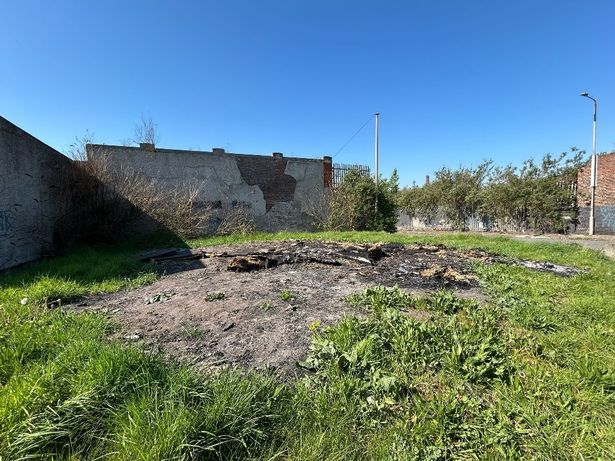 Garston residents say areas of their community are being terrorised by youths
Garston residents say areas of their community are being terrorised by youths
These incidents include vandalism, verbal abuse, fighting, gang intimidation and noise nuisance. In an attempt to fight the issue, the Crimestoppers charity recently launched a campaign in Garston to raise awareness of the organisation’s anonymous reporting service and to encourage residents to provide information on crimes such as drug dealing, knife crime, criminal gangs and antisocial behaviour.
But for local people here, they feel that the streets have almost been lost to these gangs.
An older lady we are calling Mary has lived in Garston for over 50 years and says while the area has seen continual decline, the last couple of years have been the worst in which to live here.
“The police are trying to do a job but when you have 20 to 30 kids there it is very difficult for them. Sometimes there is only one officer coming out.
“And when they do come out, the kids just give them abuse,” adds Sarah. “When I was a kid I wouldn’t even look at a police officer, now they just laugh at them, swear at them. For them it feels like there are no real consequences and that the police have lost control here.”
As well as its high league position for general anti-social behaviour, recent statistics indicated that Garston was in second place for areas across Merseyside for the number of deliberate fires that were started.
The most high-profile of these fires came on Bonfire Night last year when the former Woodcutters Social Club building in Chesterton Street was burnt down by gangs of youths who then blocked off the road and fired fireworks at nearby homes and the emergency workers who arrived on the scene.
This feeling of youngsters acting with impunity is highlighted in one harrowing story from Sarah.
“I have got a neighbour who has terminal cancer and she has quite a large front garden,” she explains. “The kids just use it as a football pitch, they have urinated on the front door. They are now also using her back garden and sitting off there.
“She says she won’t come out and chase them because she knows one of them is carrying a knife – he is only 10 years old.”
Mary, who is 72, says she is regularly awoken by ‘drag racing’ in her street in the early hours. “There can be as many as 15 different races in cars from 2am. It is a nightmare at times.”
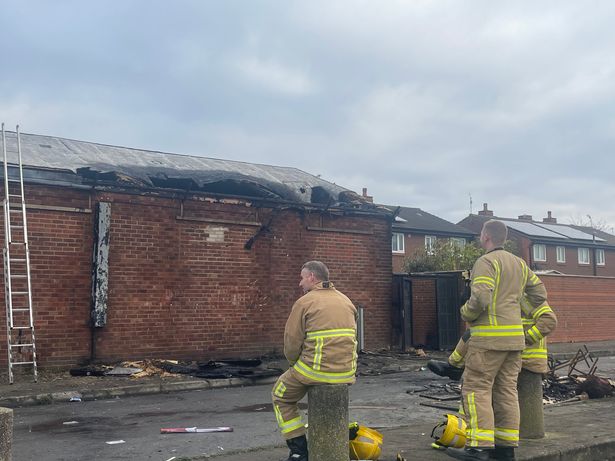 The back of Woodcutters Social Club on Chesterton Street in Garston after it was set on fire on Bonfire Night last year(Image: Megan Banner)
The back of Woodcutters Social Club on Chesterton Street in Garston after it was set on fire on Bonfire Night last year(Image: Megan Banner)
“Our close is definitely being used for drug dealing,” adds Sarah. “A man in one house hides drugs and weapons in his hedge and you see people coming into the close to pick them up. The other morning I was woken up and our whole bedroom was blue – I looked out of the window and there were police Matrix vans, sniffer dogs and undercover cars in our little close.”
What has also contributed to the feeling of neglect for the residents of Garston-under-the-Bridge is the number of industrial plans created for this area in recent years – an issue residents have campaigned passionately on.
There was fury locally in January when Liverpool City Council approved controversial plans from Veolia UK to expand a hazardous waste site at its site in Blackburne Road despite protests and widespread objections.
Garston Residents had more success last month when they successfully convinced the council’s planning committee to refuse proposals from Peloton Real Estate for the creation of an open storage site on an area of land that locals say is already a magnet for anti-social behaviour.
That land had previously been earmarked for a development of quality new housing including some new green spaces. The fact that those plans never progressed and were replaced by yet more industrial proposals feels symptomatic to the people here of how Garston-under-the-Bridge is now treated.
“We just feel forgotten about here. Once you go under the bridge you are into the forgotten community,” says an exasperated Mary.
Merseyside Police has acknowledged the issues of anti-social behaviour in Garston, something the force says needs to be tackled ‘from all different angles.”
Superintendent Karl Baldwin told the ECHO: “Partner agencies are heavily involved in tackling ASB, such as housing and health. The causes of anti-social behaviour are complex and there isn’t a quick fix. Sometimes there is something going on in people’s lives which makes them behave that way.
“For 2025, Garston is part of the Antisocial Behaviour Hotspot programme. This means additional high visibility policing, predominantly foot patrols.
“ASB within communities is often made by people within those communities. We would urge people to tell us who is behind it. Only by building up that intelligence picture can we identify the perpetrators.
“If someone doesn’t want to speak to us openly, contact Crimestoppers anonymously. Or, stop one of our high visibility patrols and tell them what’s going on.”
Councillor Sam Gorst caused a major political upset alongside his fellow ward councillor Lucy Williams when both fended off the Labour Party machine to win the two Garston seats on Liverpool Council in 2023. Both are members of the Liverpool Community Independents group.
Cllr Gorst says he and his colleague are deeply concerned about the rising anti-social behaviour problems in their ward and called on different authorities to do more to address the many issues at play for this community.
“There is not one single issue we as councillors can pin point to the cause of anti-social behaviour,” he explains, citing the continuous neglect of local services, local schools struggling to manage problematic children and the council’s approach to planning and development for the area.
On this last part, he adds: “Liverpool’s Local Plan in it’s current form particularly the Garston Village Masterplan is preventing Garston from thriving. The document pre-dispositions industry and employment use to be prioritised for planning permission over anything else, showing disregard for the potential issues industry creates in regard to Anti-social behaviour, arson and crime. This is preventing more social housing and a new cleaner, greener and safer vision for Garston.”
Cllr Gorst adds: “As local councillors, we are deeply concerned about the impact this surge in anti-social activity is having on our community. Unfortunately, much of our neighbourhood funding is being diverted into efforts to combat these issues — resources that could otherwise be invested in proactive measures such as youth outreach and engagement, community events, and local development initiatives.
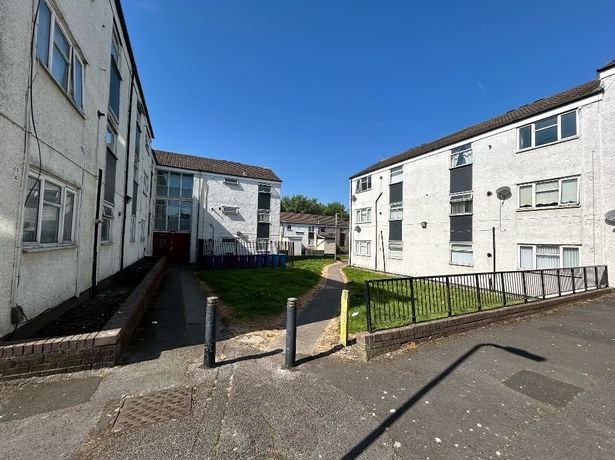 Areas of Garston like Windfield Green have become a hotspot for anti-social behaviour
Areas of Garston like Windfield Green have become a hotspot for anti-social behaviour
One major issue the councillors are trying to address is the ongoing closure of Garston Village Hall in Banks Road. This was a space the community relied on for social gatherings, youth activities and community support services – but has now been closed for around eight years.
“The hall’s closure has deprived residents, especially young people, of a safe and constructive environment,” explains Cllr Gorst. “This is fuelling feelings of neglect and disenfranchisement. The lack of accessible community facilities has undoubtedly contributed to the continued cycle of antisocial behaviour in Garston.”
“It is now more urgent than ever that local authorities, community groups, and residents come together to prioritise the reopening and revitalisation of Garston Village Hall and to implement targeted initiatives aimed at youth engagement and community cohesion.”
He adds: “Only through sustained support, accessible community spaces, better resources for schools and proactive youth provision can we hope to turn the tide on antisocial behaviour and restore Garston as a safe, thriving neighbourhood for all its residents.”
